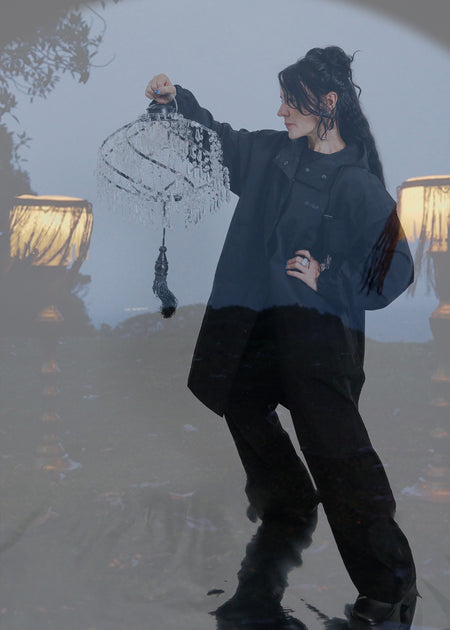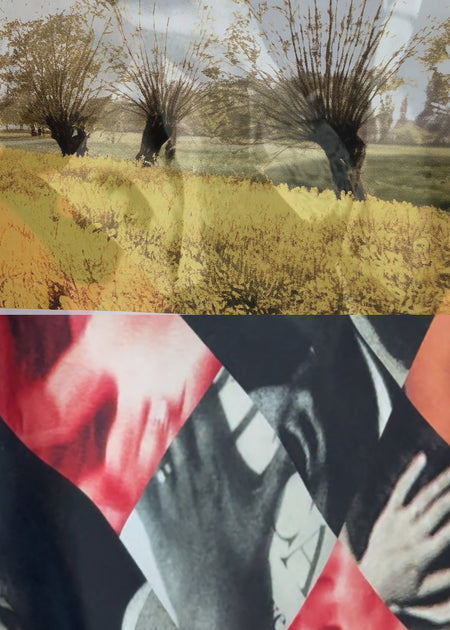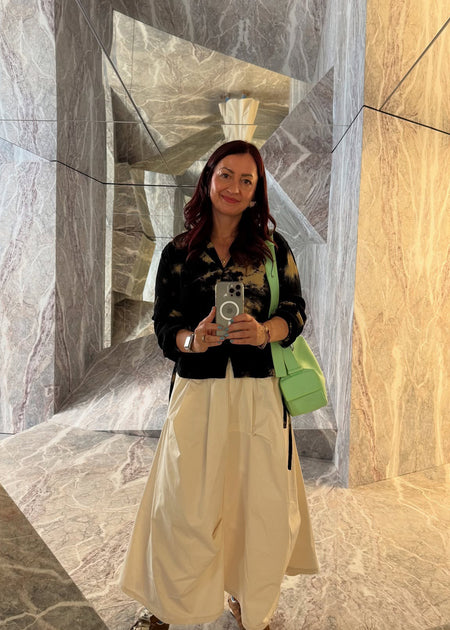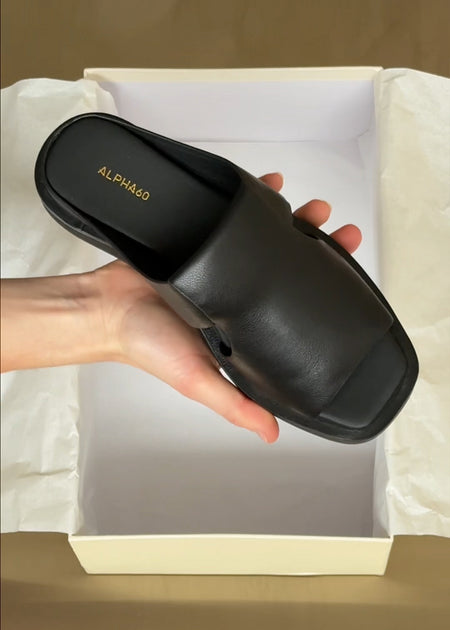ALPHA60 PROFILE: KATE DURHAM
We had the delightful opportunity to spend a morning with Kate Durham, a versatile Melbourne artist with expertise in jewelry, painting, decorative art, interiors, sculpture, and drawing. Kate, who received her fine art training in Melbourne, played a pivotal role as a founding member of the Fashion Design Council (FDC) of Australia. This non-profit collective was dedicated to fostering emerging and alternative fashion, stemming from the vibrant street and nightclub scene of the early 1980s.

Describe your jewellery practice - how do you choose the materials? What do you look for?
When I work, I like to be extravagant with materials and I like them to be cheap and light weight, as I am nervous or intimidated by expensive ones so I spend a lot of time honing them into jewellery that’s both durable and interesting, well that’s the hope. I never save on labour. I really work each piece.
You speak very passionately about decoration - why do you think you are so attracted to decoration?
I chose to do decorative art because I wanted to elevate it. I had been a very sombre abstractionist at art school, highly approved of, until my work became girly and decorative, it was fuelled by my fury at the machismo and snobbery of the art scene it’s orthodoxy and anti-feminism. Remember it was the late 70’s when I was training as a painter. The dislike of illustration, decoration and all things female were palpable.


You were a founding member for the Fashion Design Council of Australia in the 1980s. Are you still passionate about fashion? How has fashion changed for you through the years?
Fashion was also forbidden in art. Which made it more attractive to me. I think I preferred fashion for its accessibility. Fashion doesn’t accept excuses the way art can. There is no way design can be coy or “misunderstood”. It either fails or succeeds. That takes a lot of understanding. Sometimes obfuscation is part of art making. Fashion, even when it’s crazy is trying to communicate, not obscure. For me fashion was also a way for unemployed artists to put art and commerce together.
Tell us about how the Tampa incident in 2001 pushed you into action as an Asylum seeker advocate? I have read that you have housed asylum seekers for 6 years!
Long ago in 2001, the Tampa was a ship that rescued 430 asylum seekers at risk of being sent back to Indonesia. My husband Julian Burnside went to court to stop the government sending them back, he won but the refugees were instead sent to Nauru, a tiny equatorial island the size of Melbourne airport.It made me an activist for a long time. I started ‘spare rooms for refugees’ which found accommodation for refugees. I assisted a BBC journalist and we got into Nauru to make a film, secretly. We also had refugees living with us since 2001, the last one left in 2021, he came to us when he was 11.





































































